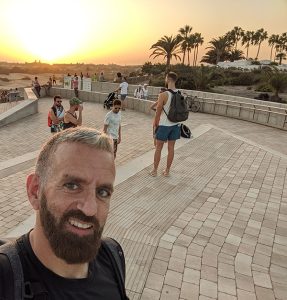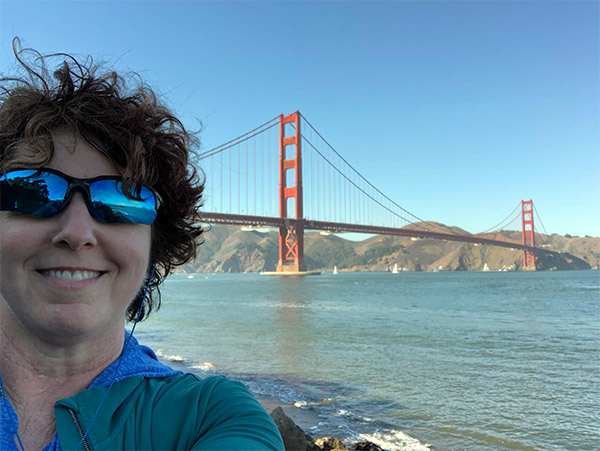4 SEO Myths and the Truth Behind Them

These days most businesses know that a solid SEO strategy is crucial for any modicum of an online presence. Yet the rules of SEO shift fairly frequently. Unless you have a large marketing department, chances are your digital marketing strategy can be outdated in the blink of an eye (or as long as it takes Google to deploy its latest algorithm update, anyway). We’ve listed the top five SEO myths that persist (they were right at one time, but things have changed) and how you can adjust to make the most of your search engine performance strategy.
Your search engine rank depends largely on backlinks. It used to be that content was secondary to the number of links leading back to your page on other sites (backlinks). It didn’t much matter where these links where, whether they were on highly ranked sites or spammy sites, as long as you had them. Businesses were investing in link building services that popped backlinks to hither and yon on the web. Since the Penguin 2.0 update in 2013, quality has become much more important than quantity. Focus on the quality of the website with the link- you want sources that are relevant and high quality. When you grow your site content with blogs, webpages, lead generation pages and more, you’ll find that you start to attract more backlinks that are aligned with the pages you are posting.
Your ranking is the endgame. The question is, ranking for what? You need to focus on utility rather than rank. If your site is relevant and useful to queries users and potential customers have, you’re far better off than being a high result for something that isn’t particularly aligned with what you offer. There is new research that shows that being highly ranked beyond the first page of search results gets pretty good click through rates (although of course, top three are always best). The bottom line: work out a strategy that ranks you for the keywords that reflect what you offer. If your content is useful, you’ll get shares, backlinks and, over time, that coveted high rank- for the keywords that truly align with your brand and business.
Pop ups are bad for SEO. This is a myth I myself used to believe, largely because of Google’s 2016 announcement that obtrusive pop ups would begin to hurt pages’ SEO. Yet there is little that demonstrates that non-obtrusive pop ups hurt or hinder. Just make sure your pop ups are unobtrusive- easy to dismiss, and perhaps even complementary to the entire user experience on your site.
Keyword optimization is critical for SEO strategy. Funnily enough, you don’t need to have a locked down, inflexible list of keywords you are hoping to rank for. Google now uses Rankbrain, which finds keyword topics that are related to one another, to assess what keywords to apply to your site. Thus, although you want to make sure you have a tight group of keywords that you use, you don’t need to be overly strict with it; Rankbrain is a machine learning platform that will evolve the keywords it applies to your site based on a variety of factors, including the words on your site and the words users who search for your site and similar sites use. Cool, huh?






























































